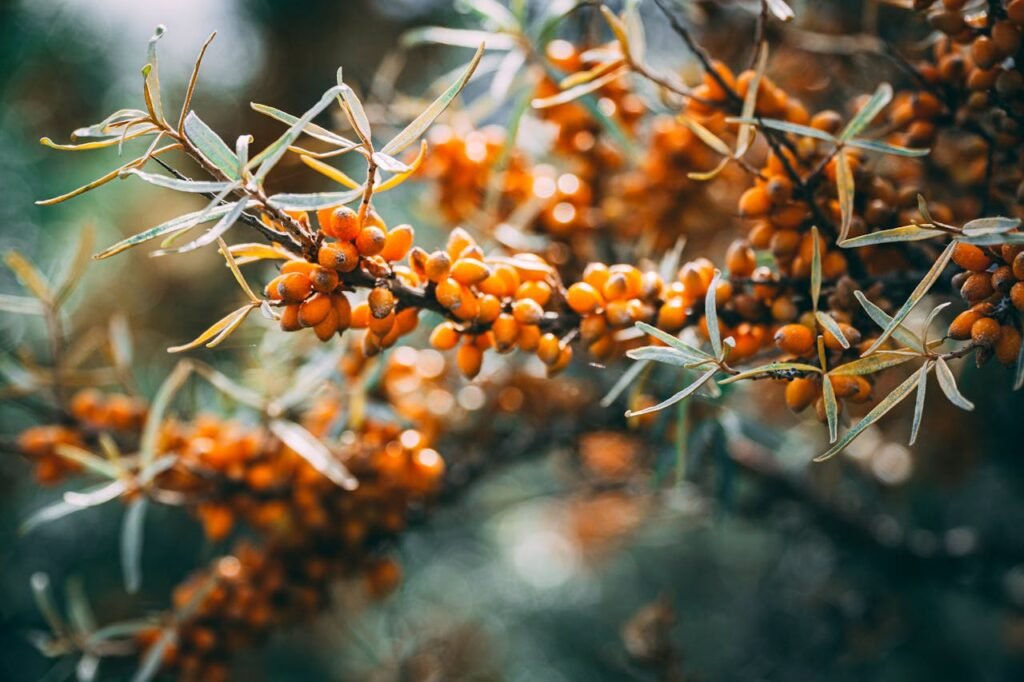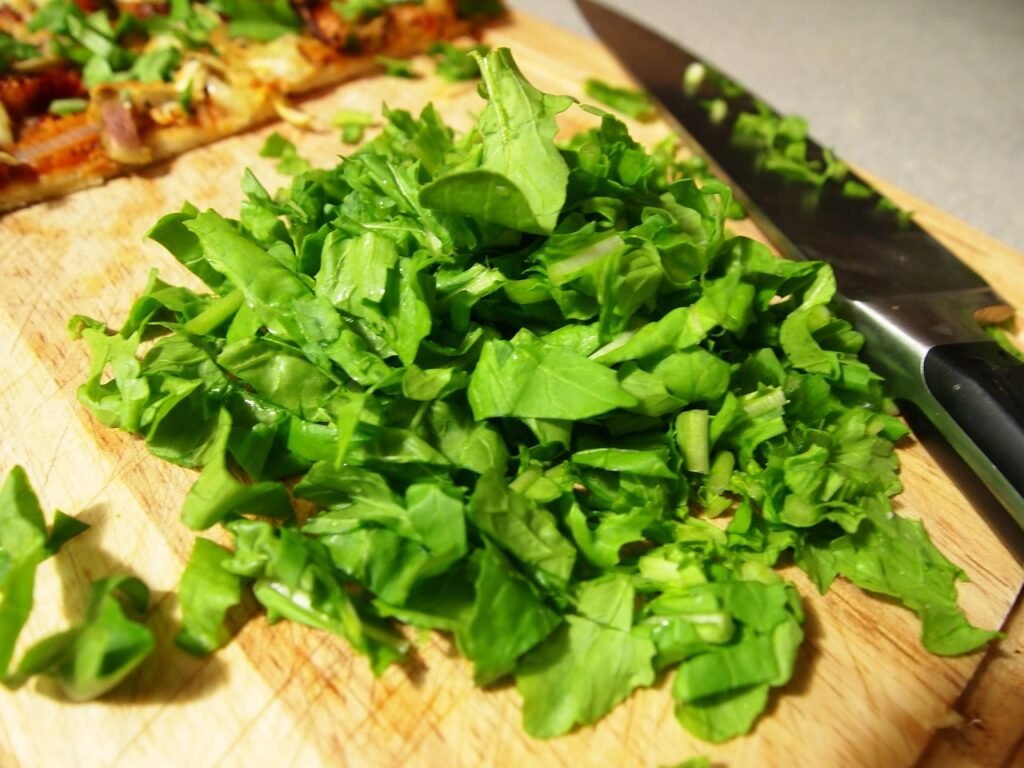Homa Farming-Vedic Farming an emerging farming style
Introduction The ancient Vedas—primarily the “Atharvaveda“—are where home farming first emerged. Rishi and Maharishi performed it well in antiquity. The basic method of “Agnihotra,” where “Agni” means “fire” and “hotra” means “healing,” is used in homa farming. It involves chanting a Sanskrit mantra before a sacred fire at a particular time of day. Vedic Agriculture, […]
Homa Farming-Vedic Farming an emerging farming style Read More »










